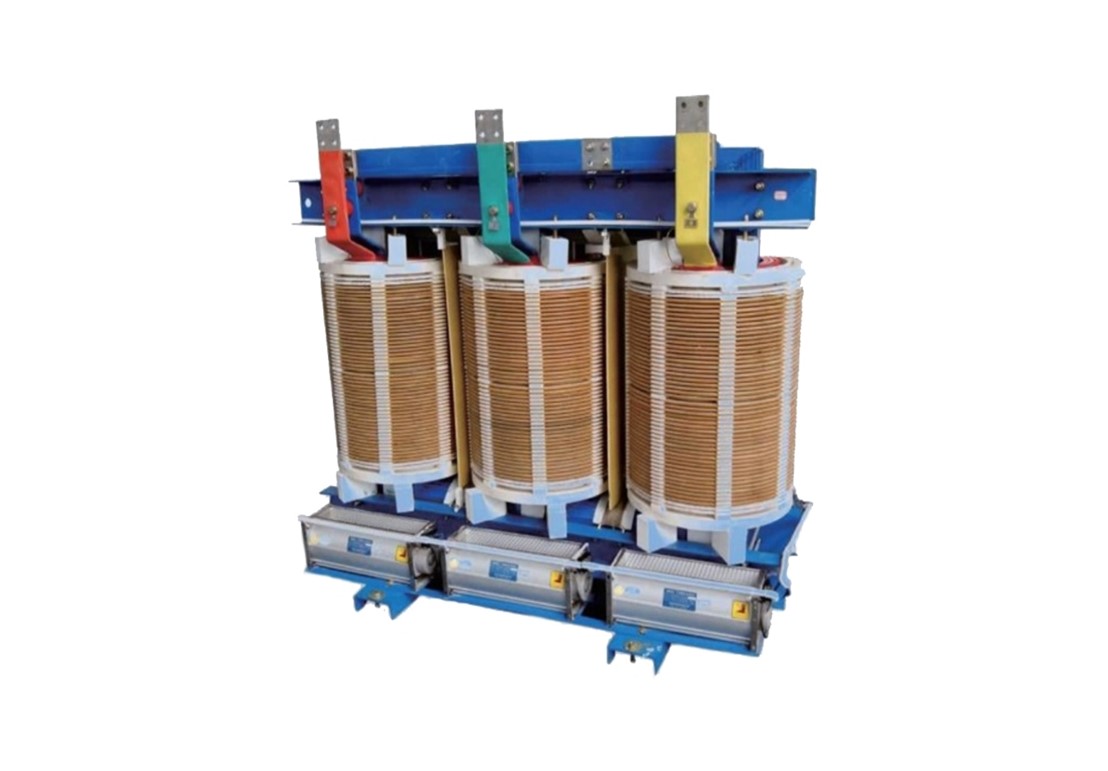Table of Contents
Comparing Dry Type and Oil Immersed Transformers
Transformers are essential components in electrical systems, as they help to regulate voltage Levels and ensure the efficient transmission of electricity. When it comes to transformers, there are two main types that are commonly used: dry type transformers and oil immersed transformers. In this article, we will compare these two types of transformers and discuss their advantages and disadvantages.
| Type | Rated power (KVA) | Voltage combination(KV) | No-load losses(W) | Load losses(W) | No-load current (%) | Short-circuit voltage (%) |
| SZ11-2000 | 2000 | 33,35/6.3,6.6,10.5,11 | 2300 | 19240 | 0.80 | 6.5 |
| SZ11-2500 | 2500 | 33,35/6.3,6.6,10.5,11 | 2720 | 20640 | 0.80 | 6.5 |
| SZ11-3150 | 3150 | 33,35/6.3,6.6,10.5,11 | 3230 | 24710 | 0.72 | 7.0 |
| SZ11-4000 | 4000 | 33,35/6.3,6.6,10.5,11 | 3870 | 29160 | 0.72 | 7.0 |
| SZ11-5000 | 5000 | 33,35/6.3,6.6,10.5,11 | 4640 | 34200 | 0.68 | 7.0 |
| SZ11-6300 | 6300 | 33,35/6.3,6.6,10.5,11 | 5630 | 36800 | 0.68 | 7.5 |
| SZ11-8000 | 8000 | 33,35/6.3,6.6,10.5,11 | 7870 | 40600 | 0.60 | 7.5 |
| SZ11-10000 | 10000 | 33,35/6.3,6.6,10.5,11 | 9280 | 48100 | 0.60 | 7.5 |
| SZ11-12500 | 12500 | 33,35/6.3,6.6,10.5,11 | 10940 | 56900 | 0.56 | 8.0 |
| SZ11-16000 | 16000 | 33,35/6.3,6.6,10.5,11 | 13170 | 70300 | 0.54 | 8.0 |
| SZ11-20000 | 20000 | 33,35/6.3,6.6,10.5,11 | 15570 | 82800 | 0.54 | 8.0 |
Dry type transformers, as the name suggests, do not use oil as a cooling medium. Instead, they rely on air to dissipate heat and keep the transformer cool. This makes them a safer option for indoor installations, as there is no risk of oil leakage or fire. Dry type transformers are also more environmentally friendly, as they do not require the use of oil, which can be harmful to the Environment if not properly disposed of.

On the other hand, oil immersed transformers use oil as a cooling medium. The oil helps to dissipate heat more efficiently than air, making oil immersed transformers more suitable for high-power applications. However, the use of oil also poses a risk of leakage, which can be a Safety hazard and can cause environmental damage if not properly contained.
When it comes to installation, dry type transformers are generally easier to install than oil immersed transformers. Dry type transformers do not require a separate oil containment system, which can save on installation costs and space requirements. However, oil immersed transformers are more durable and can withstand higher temperatures, making them a better option for outdoor installations or harsh environments.

In terms of maintenance, dry type transformers are generally easier to maintain than oil immersed transformers. Dry type transformers do not require regular oil testing and maintenance, which can save on maintenance costs and downtime. However, oil immersed transformers require regular oil testing and maintenance to ensure that the oil is clean and free of contaminants.
When it comes to efficiency, both dry type and oil immersed transformers have their advantages. Dry type transformers are more efficient at lower power levels, while oil immersed transformers are more efficient at higher power levels. The choice between the two types of transformers will depend on the specific requirements of the electrical system and the power levels involved.
If you are in the market for a transformer, whether it be dry type or oil immersed, you may want to consider purchasing from a reputable company in China. Chinese companies are known for their high-quality transformers at competitive prices. Many Chinese companies also offer discounts on bulk orders, making it a cost-effective option for businesses looking to purchase multiple transformers.
Before making a purchase, it is important to do your research and compare different companies to find the best deal. Many Chinese companies also offer videos of their transformers in action, which can help you make an informed decision. By comparing dry type and oil immersed transformers, considering the advantages and disadvantages of each type, and exploring options from Chinese companies, you can find the right transformer for your electrical system at a competitive price.
| Type | Rated power (KVA) | Voltage combination(KV) | Off-load losses(W) | Load losses(W) | Off-load current (%) | Short-circuit impedance (%) |
| SZ11-2000 | 2000 | 33,35/6.3,6.6,10.5,11 | 2300 | 19240 | 0.80 | 6.5 |
| SZ11-2500 | 2500 | 33,35/6.3,6.6,10.5,11 | 2720 | 20640 | 0.80 | 6.5 |
| SZ11-3150 | 3150 | 33,35/6.3,6.6,10.5,11 | 3230 | 24710 | 0.72 | 7.0 |
| SZ11-4000 | 4000 | 33,35/6.3,6.6,10.5,11 | 3870 | 29160 | 0.72 | 7.0 |
| SZ11-5000 | 5000 | 33,35/6.3,6.6,10.5,11 | 4640 | 34200 | 0.68 | 7.0 |
| SZ11-6300 | 6300 | 33,35/6.3,6.6,10.5,11 | 5630 | 36800 | 0.68 | 7.5 |
| SZ11-8000 | 8000 | 33,35/6.3,6.6,10.5,11 | 7870 | 40600 | 0.60 | 7.5 |
| SZ11-10000 | 10000 | 33,35/6.3,6.6,10.5,11 | 9280 | 48100 | 0.60 | 7.5 |
| SZ11-12500 | 12500 | 33,35/6.3,6.6,10.5,11 | 10940 | 56900 | 0.56 | 8.0 |
| SZ11-16000 | 16000 | 33,35/6.3,6.6,10.5,11 | 13170 | 70300 | 0.54 | 8.0 |
| SZ11-20000 | 20000 | 33,35/6.3,6.6,10.5,11 | 15570 | 82800 | 0.54 | 8.0 |

